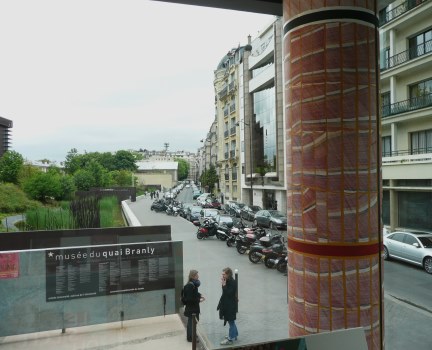Aboriginal Art Leads A Global Showcase of First Nation Art
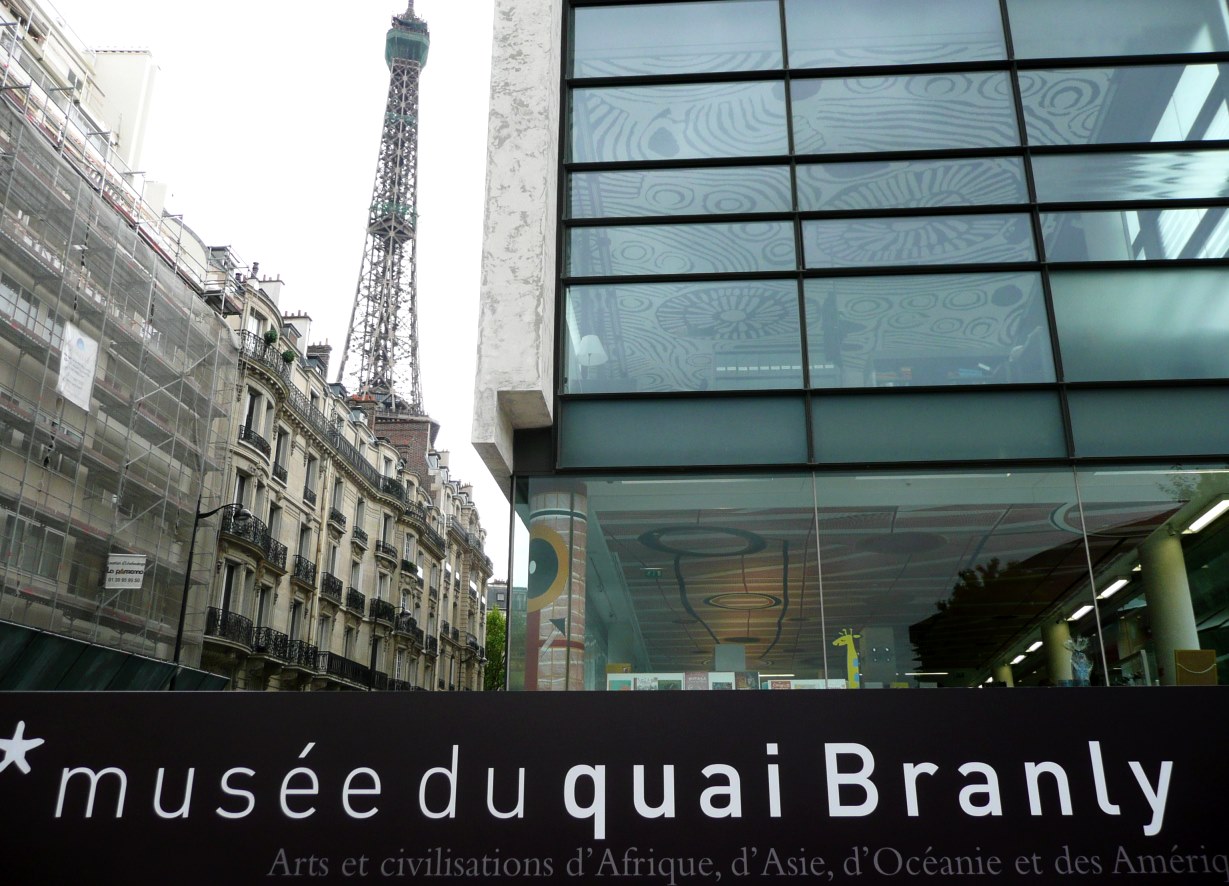
Museum Quai Branly in Paris is one of those contemporary museums with a real sense of purpose. The building is designed to get you in the zone for discovering its contents. It houses a collection of cultural works of First Nations people, or Indigenous people from all around the world. It’s really an ethnographic museum.
The museum gives a snapshot of the whole non-Western tradition and includes fabulous works from Oceania, Asia, the Middle East, Africa, the Americas and Australia. It really is a stunning worldwide collection.
I think it is significant that Aboriginal artists have had their work selected to go into the fabric of the building. That made it feel really special for me as an Australian visitor.
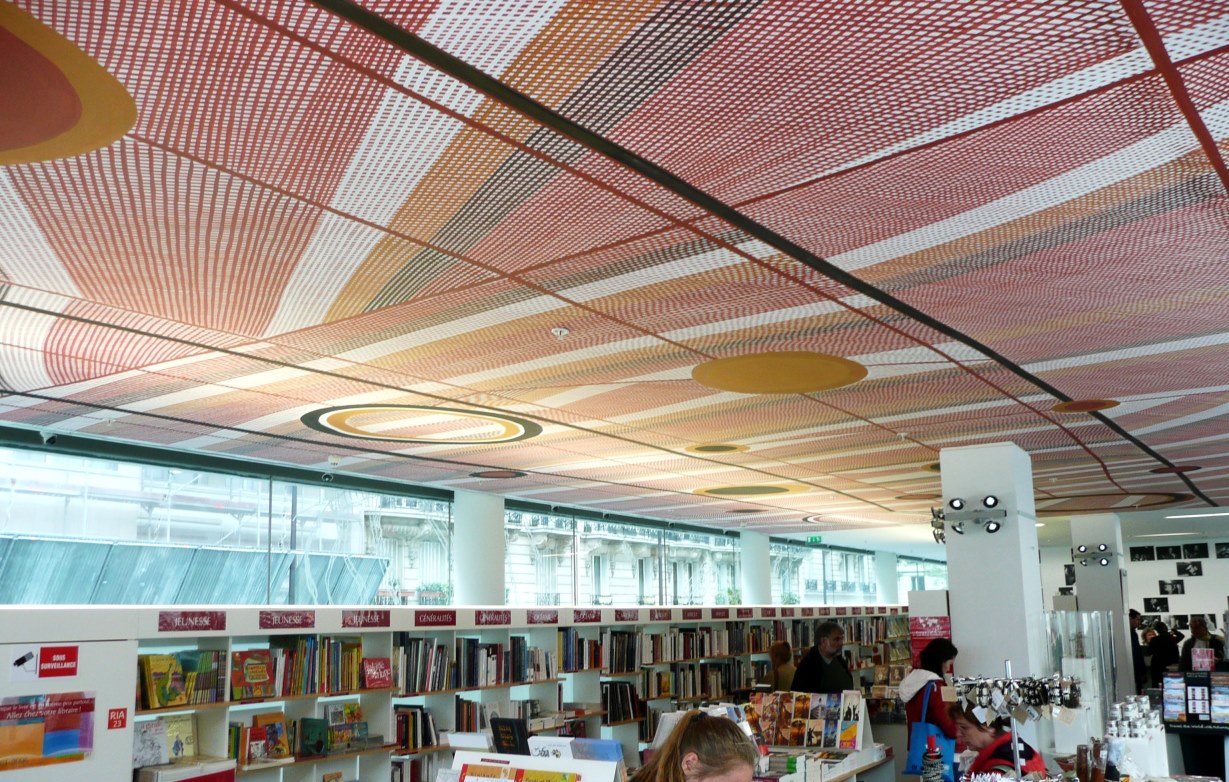
You come in towards the main entrance and you look up at the bookshop. This is a glassed in enclosure above your head. There you see a huge John Mawurndjul painting across the ceiling and down the pillars of the bookshop. It’s a very large space that has the feel of a library. Immediately, it gives that sense of a culture speaking from another place giving a different kind of focus. This sits in such stark contrast with the busy streets of Paris outside. The work is beautiful and intricate. It’s actually part of the structure of the building.
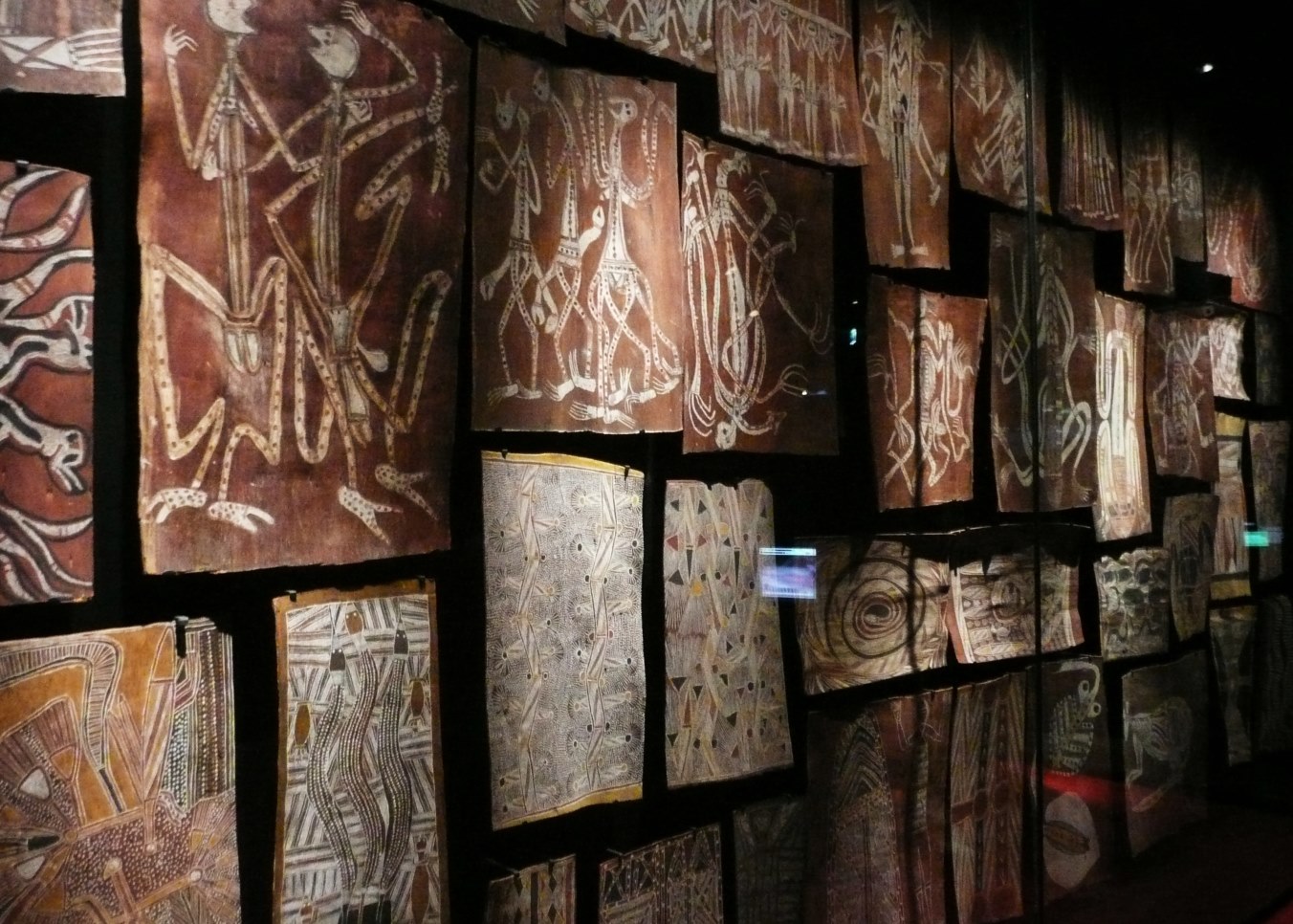
You then walk through wonderful gardens. I saw these many years ago and now I see they have grown even more to become an integrated part of the building. There’s green walls and the garden is also growing on the outer surface of the buildings.
Inside I found the most amazing collection of works from all around the world. There’s carvings and paintings and totem poles. These cover more than a thousand years of cultural expression.
The Australian material is a relatively small part of the internal collection. The most striking section is the bark paintings that go from floor to ceiling and consist of a huge number of paintings, alongside the ochre painted ceremonial poles. There are videos telling you the stories of those people. So there is an attempt to create the right kind of context for the material. This allows you to get a glimpse of how this artwork has a cultural role as well as a social function. It is a wonderful entrée into other cultures.
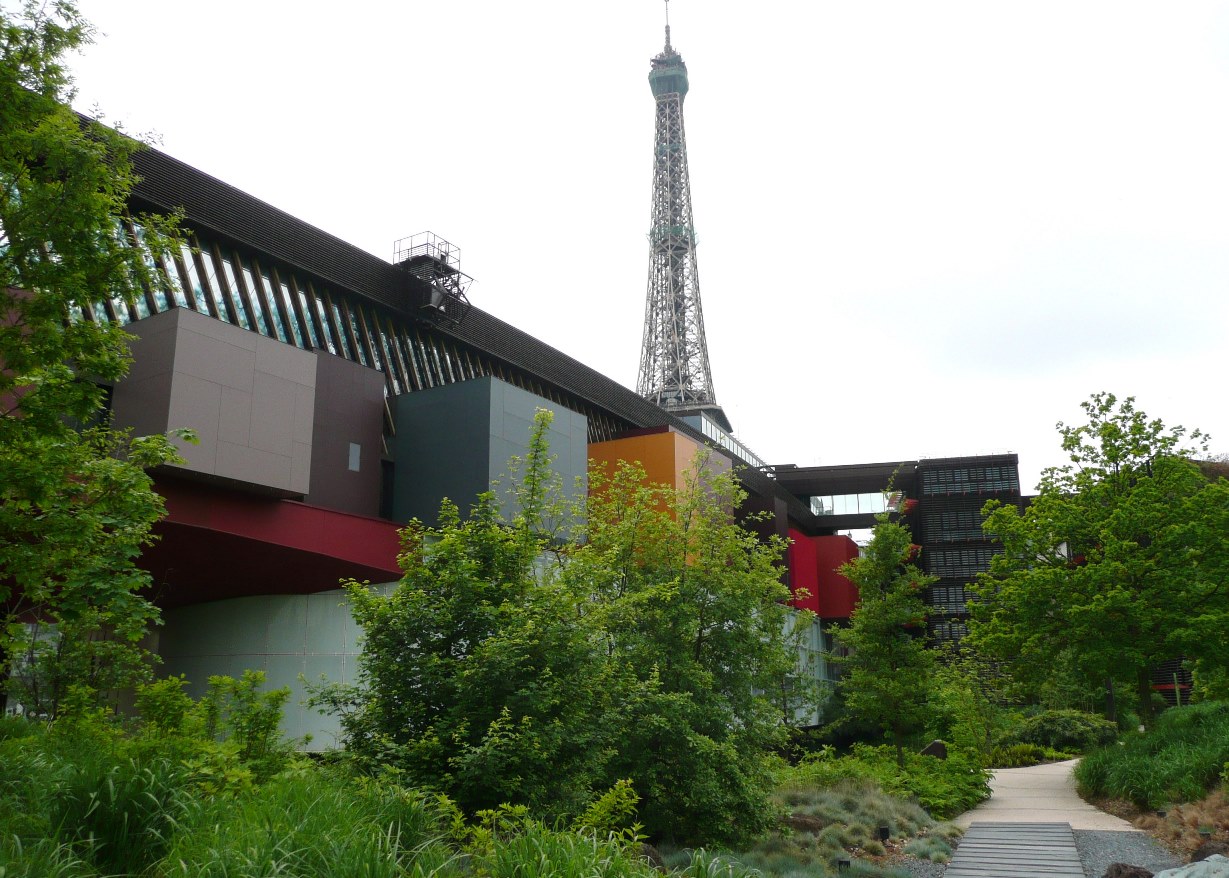
I’d heard a lot of promotion about this museum. There was publicity when the Aboriginal art was first selected. On this visit, I didn’t really know what to expect. I was surprised to find that it is an ethnographic museum as opposed to an art museum.
In Australia we have the context of a contemporary background for Aboriginal art now. We see a fantastic range of artworks from Aboriginal communities, and it seems to be both modern and very ancient in its traditions. It seems to bridge that gap very easily. I thought the building of Quai Branly exemplified that fantastically.
The exhibition itself covers an extraordinary ethnographic range. I felt maybe that the Australian collection was a bit frozen in time. The majority of the works seemed to be mostly collected about thirty years ago. Still it was wonderful to walk around and see art from every continent on the earth. I think it is visionary. I think it is an outstanding piece of architecture and the use of the Australian Aboriginal artwork adds so much to the building itself.
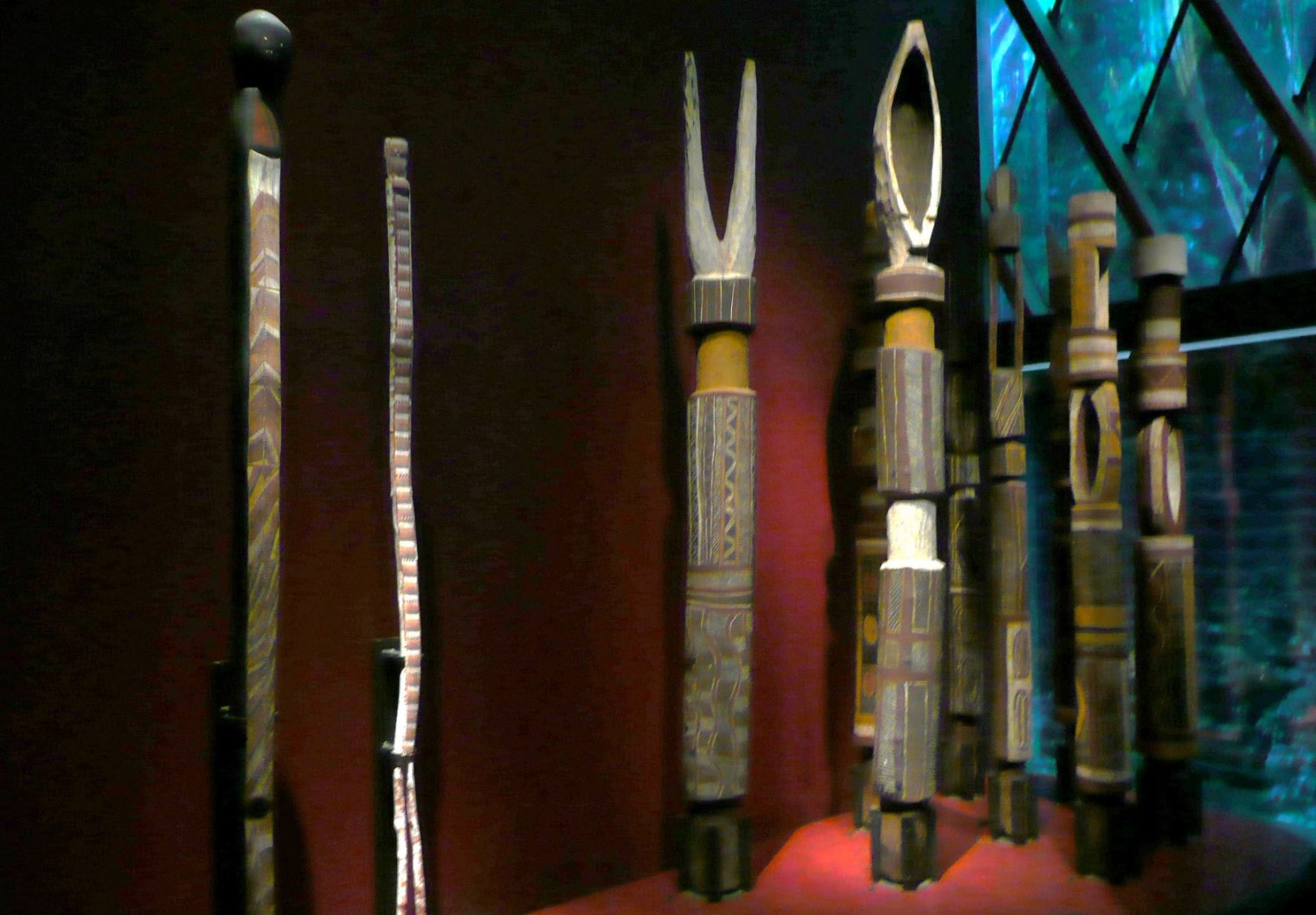
It is the most contemporary example of how Australian art does cross some sort of communication line, between being a very traditional and localised cultural statement to being an art form that connects with a much wider audience. I think the contemporary materials that it was produced in, acrylic paint on canvas, and maybe the scale it was produced on, in terms of quite large canvases, helps to communicate a modern meaning across cultures.
The thing that remains evident is that Aboriginal cultural process is still a significant force, and in flux, and, I guess, moving forward. It is constantly changing. I suppose we feel many of the other cultures that are represented in Quai Branly are more historical ethnographic statements. There’s an argument that if you collected Aboriginal material, culture, and artefacts, it would fall into the same category. However, it seems to have created a new life by becoming a modern expression of Aboriginal Australia, using the existing stories by creating something in new formats, by paint or canvas.
Maybe that is the case, also, for other communities. No doubt they have also found ways to carry their own traditions into the modern world. Certainly contemporary African works are fulfilling a similar role. They express what it is to be an African person from a particular location in the same way that Aboriginal people from particular locations will express their modern view using their heritage.
I love seeing Aboriginal images at the museum. The museum is near to the Eiffel Tower, all this is right near the heart of Paris. It’s fascinating to think that Aboriginal art is depicted on the roof of the building, so that people who are taking the view of Paris from on top of the Eiffel Tower see the painting across the roof. The context of that is the epitome of how Aboriginal life has transcended its roots and talks in a much broader way to people all around the world.
View Australian Aboriginal Artists
Explore More Exhibitions
